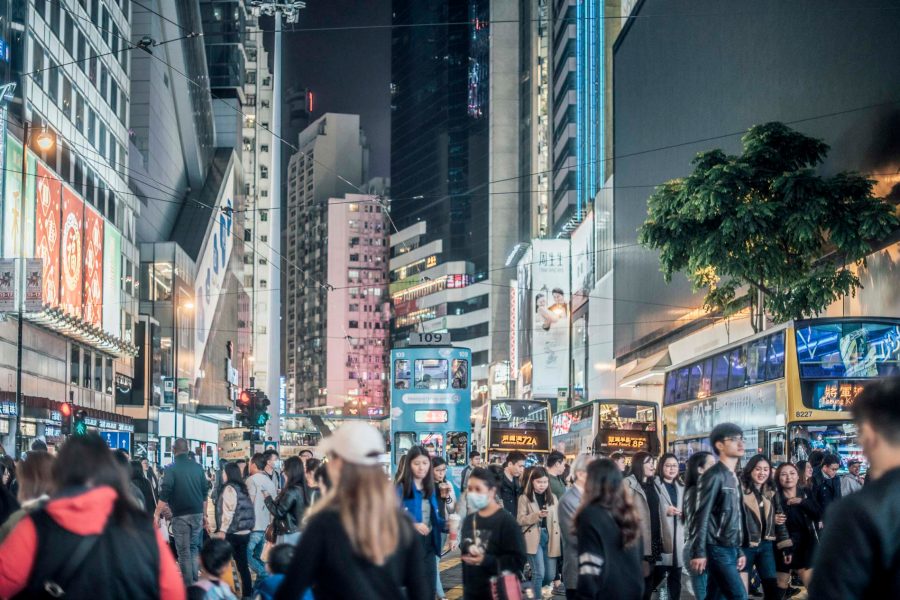I am frequently asked why I choose to live in one of the busiest parts of one of the world’s most densely populated cities. Even in Hong Kong, say ‘Causeway Bay’ and people think of one thing only: shops. Lots and lots of shops. But I could cite the hundreds of brilliant restaurants and bars within five minutes’ walk, the hiking trail 10 minutes away where meeting wild boars is not uncommon, or maybe the low-rise enclave of Tai Hang with its bohemian hangouts in lanes filled with washing lines, wafts of incense and oil-spattered car workshops.
Home to the Hong Kong Sevens, fishballs, photo-beating grannies and sky-high commercial rents, Causeway Bay (Tung Lo Wan in Cantonese) has grown immensely from its industrial origins as East Point, thanks to forward-thinking investors, Japanese retail giants and land reclaimed from Victoria Harbour.

Credit: Calvin Sit
Handily for visitors, it’s easy to explore on foot, a quicker option than the iconic ‘ding ding’ trams which slowly creak their way through the always-crowded streets. And there are lots of feet. ‘Footfall’, as the retailers like to call it, is so heavy that CWB (as it’s also known) is now home to some of the world’s most expensive commercial real estate, regularly fighting for the number one spot with New York’s Fifth Avenue and Tokyo’s Ginza.
One especially popular spot is Times Square , which sits on the site of a decidedly unglamorous former tram depot. Today, the space boasts a vertical mall – itself a Hong Kong speciality – featuring dozens of high-end boutiques, department stores and restaurants. If bling is your thing, then you’ve quite possibly found the Promised Land.
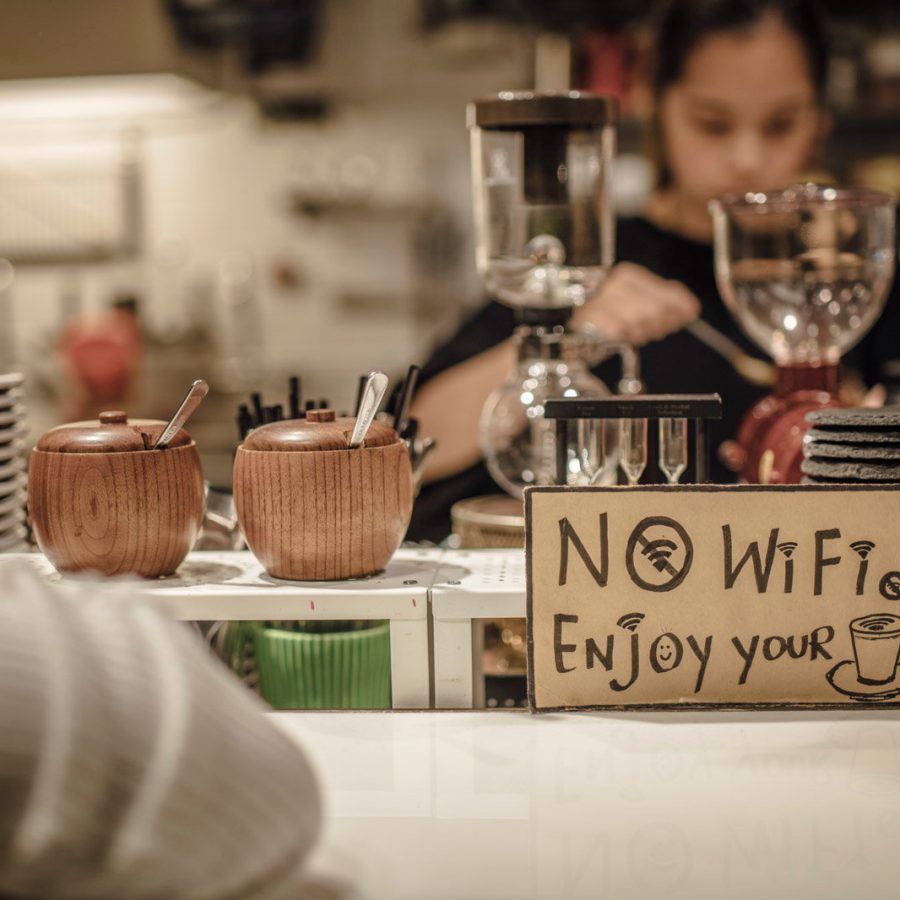
Credit: Calvin Sit
But for me it’s reassuring that just metres away from Times Square, independent places like Cafe Corridor are still in business: a studentish, beatnik enclave serving great coffee in a defiantly no-Wi-Fi zone hidden down a dinky passageway decked with posters and flyers.
There’s also the grandly named street food stall New Era Delights (now closed), run by staff who seem to delight in being rude to all their customers, offering curls of dayglo-orange pig intestines on a skewer, stinky tofu or fishballs with curry sauce. What never ceases to blow my mind is how they sell enough skewered delights to pay the rent when they’re located directly opposite a Patek Philippe shop.
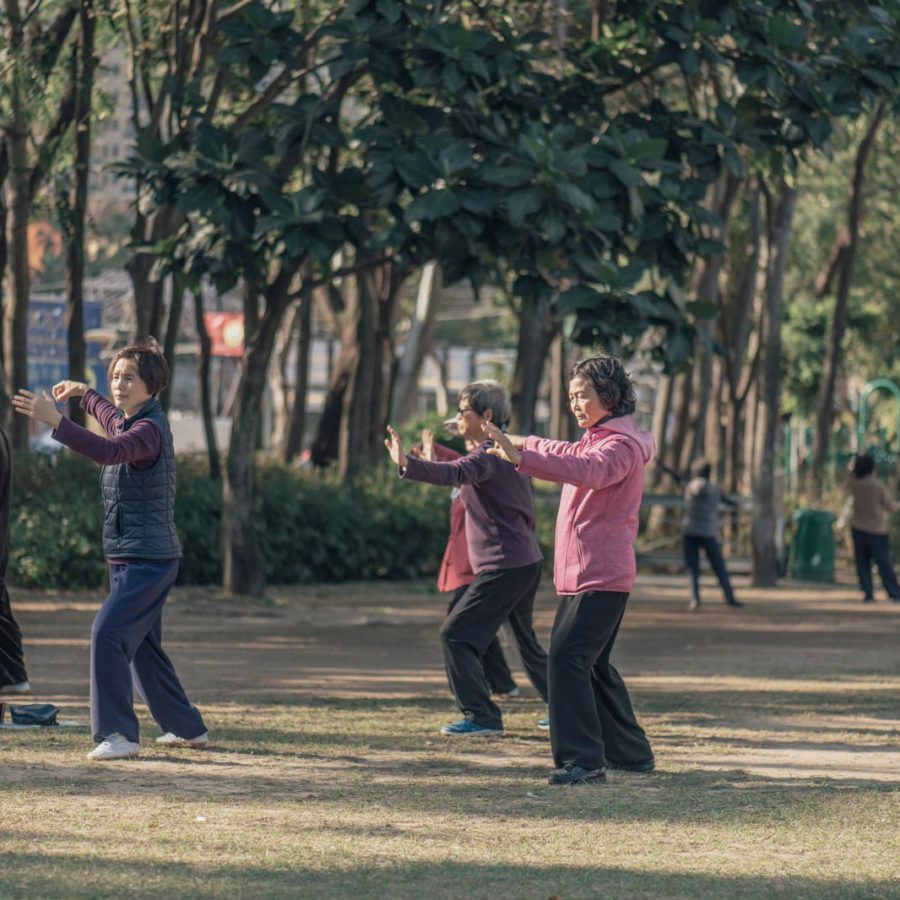
Credit: Calvin Sit
Causeway Bay has historically been Hong Kong Island’s hub of all things Japanese, so it’s apt that every time I cross the busy Hennessy Road thoroughfare outside Japanese department store Sogo at rush hour, it feels like Tokyo’s Shibuya crossing – reputed to be the busiest in the world.
Handily, it takes you to Victoria Park , somewhere that offers an airy break from the masses of humanity, even if it seems to feature far more concrete than grass. Join in on the football pitches and basketball courts, watch the elegant flow of elderly tai chi practitioners or follow my lead and seethe with jealousy as you wish you could have a go piloting the remote-controlled boats that local enthusiasts whizz across a mini man-made lake.
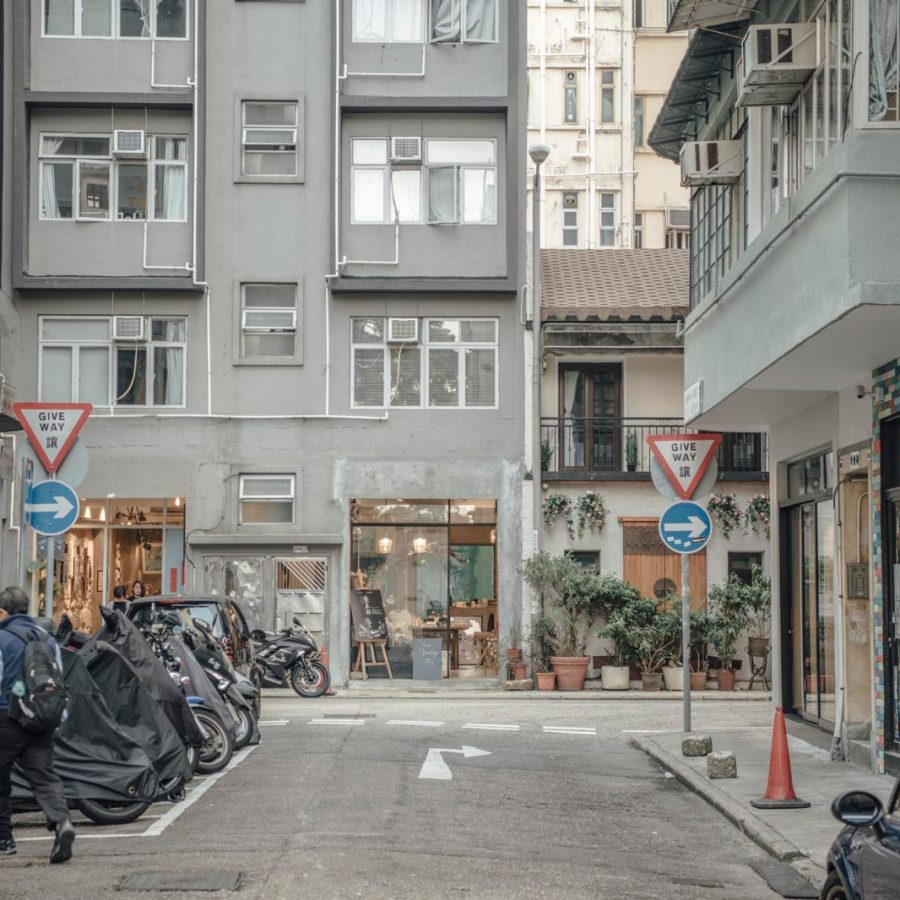
Credit: Calvin Sit
From there it’s a short hop to Tai Hang, a much more sedate, low-rise spot that recalls how most of Hong Kong Island used to look. Wandering the grid of streets brings a beguiling mix of local tenement blocks, funked-up design boutiques, great coffee shops and cheap eats.
Talking of eating – it is a Hong Kong obsession, after all – Causeway Bay was also home to Hong Kong’s first McDonald’s, which opened back in 1975 on Paterson Street. Surprisingly, the golden arches remain one of the best value destinations for a feed when compared to other global cities – at least according to the Big Mac Index devised by The Economist newspaper.
Far more old school and local fast eats come at the Danish Bakery. Located on the corner of Leighton and Caroline Hill Road, directly en route to Hong Kong Stadium – where spectators will flock to check out the bone-crunching tackles and fast-paced rugby next month – the bakery’s been serving buns, fried chicken on a stick and hot dog and mayonnaise-filled rolls for decades, making them a perfect stop for fans in serious need of carbs.
The bakery – which is in no way Danish – sits in one of the last bastions of old Hong Kong in Causeway Bay, Leishun Court. It’s a 1960s block, home to an eclectic mix of businesses including a hipster boutique filled with vintage leather jackets, a shop for all your tenpin bowling needs and cheap and cheerful local eateries with prices that again seem unfeasibly low given that you’re about 30 seconds from the city’s largest Cartier shop. For those after spice, no-frills Delicious Thai occasionally lives up to its name, while its outdoor seats are popular with fans in need of a cold Singha to fortify them… for that epic five-minute walk to the stadium.
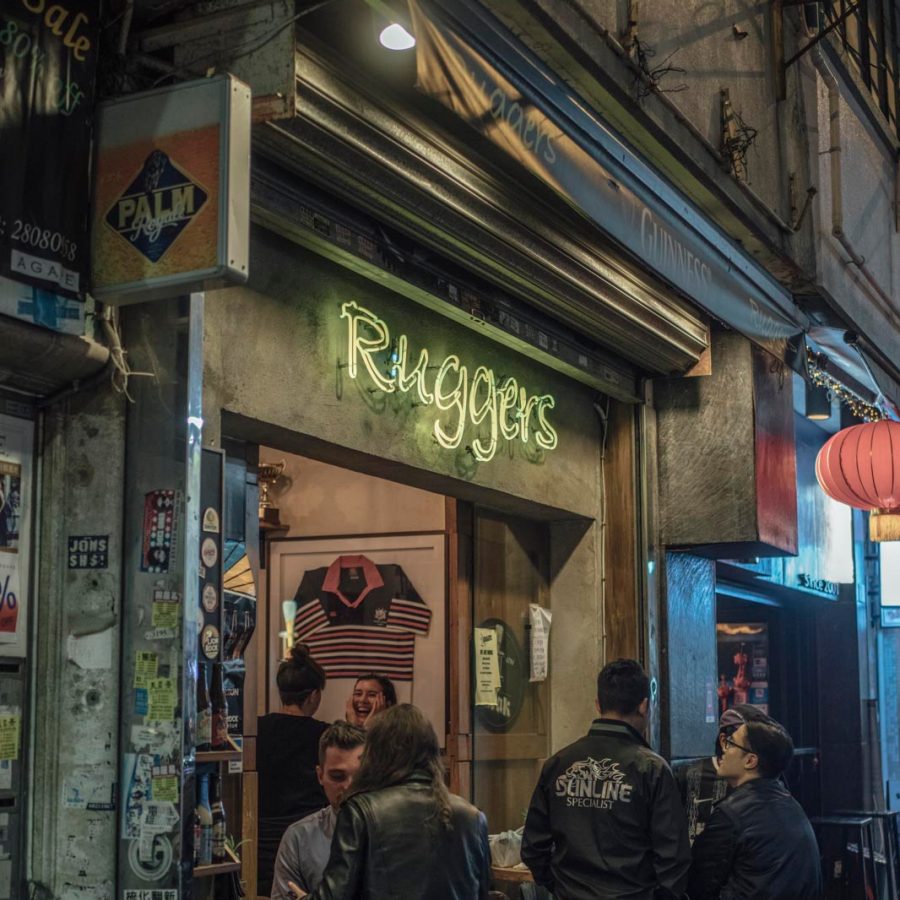
Credit: Calvin Sit
Talking of beverages, Causeway Bay is dotted with hundreds of options to wet your whistle, including the unmistakable Ruggers on Yiu Wa Street. It’s a second home for rugby fans and players past and present, making it one of the liveliest spots to go during the Sevens. The bar’s hashtag #poweredbybeer needs no explanation, while it has dozens of global labels such as New Zealand’s excellent Yeastie Boys and Hong Kong’s local Gweilo beer.
A decidedly more sedate spot comes on the top floor of the building opposite Ruggers, where veteran Japanese barman Ichiro Hiidome crafts perfect classic cocktails at b.a.r Executive Bar . The elegant, compact space feels like a little corner of Tokyo, albeit one overlooking the Happy Valley racecourse in the distance. Expensive and with its own sense of etiquette, it’s beloved for what must rank as one of Hong Kong’s best whisky collections, with more than 300 varieties – while an Old Fashioned has never felt so aptly named.
Its location atop an otherwise nondescript block is a reminder of how many Causeway Bay restaurants, bars, karaoke lounges and more are located well above street level. A few floors down in the same building is home to one of my favourite Hong Kong restaurants, the brilliant Si Jie. It translates as ‘fourth sister’ and is a temple to spicy Sichuan cuisine, with lip-numbing huajiao peppercorns featuring in about 80 per cent of dishes. If you’re lucky, there will be a surreal twist as the woman who runs it will come from the kitchen and challenge tables to down shots of beer – and more – with her.

Credit: Calvin Sit
A final spot not to be missed comes underneath the Canal Road flyover, with buses hurtling past, as elderly women practise a centuries-old Hong Kong ritual that translates as ‘villain hitting’. Using slippers, they beat small pieces of paper against bricks so that people can repel sources of bad luck. Clients from every walk of life, along with occasional curious tourists, hand over photos or write the names of their boss, partner’s mistress or others against who they seek revenge. Once the paper or photos have been beaten to shreds, the remains are rubbed in pork fat and then burned. Whether the ladies can work their curses on opposition scrum halves – or maybe make hangovers disappear – has yet to be tested.
There has never been a better excuse – or time – to explore the myriad hidden delights of Causeway Bay.
Related stories
Hong Kong travel information
- China – the Chinese Mainland, Hong Kong SAR, Macao SAR and Taiwan Region
- Hong Kong SAR - English
- Chinese Mainland (China) - English
- Taiwan, China - English
- 香港特別行政區 - 繁體中文
- 中国內地 - 简体中文
- 中國台灣 - 繁體中文
- Africa
- South Africa - English
- Asia
- Bangladesh - English
- Korea - English
- Singapore - English
- Cambodia - English
- 한국 - 한국어
- Sri Lanka - English
- India - English
- Malaysia - English
- Thailand - English
- Indonesia - English
- Maldives - English
- ประเทศไทย - ภาษาไทย
- Indonesia - Bahasa Indonesia
- Myanmar - English
- Vietnam - English
- Japan - English
- Nepal - English
- Việt Nam - tiếng Việt
- 日本 - 日本語
- Philippines - English
- Australasia
- Australia - English
- New Zealand - English
